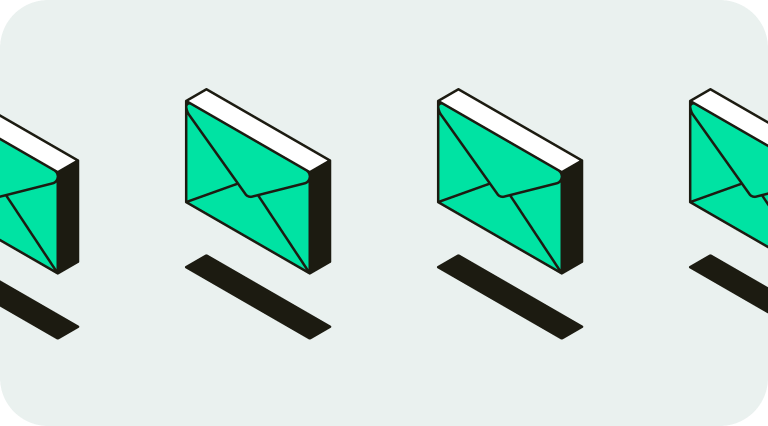Global consumer privacy has never been more top-of-mind. And it’s not just people like you and me wondering what personal or behavioral data is out there for anyone to use.
Data privacy is also a business concern.
Companies are subject to regulations like CCPA, CPRA, GDPR, and other potential acronyms that surface over the coming years. This means many business leaders are looking to build privacy practices that help them meet these regulatory requirements while building trust with their customers.
If that sounds hard to do, it’s because it can be. But with cross-functional collaboration, executive support, and the right partner, it doesn’t have to be stressful. In fact, the latter can offer several important benefits: building a quality data foundation through integrations, helping to scale as your program grows, and creating efficiencies with automation.
So how do you evaluate and choose a data privacy solution? There are four requirements we recommend considering, although you may prioritize them differently depending on your organization’s size and privacy program maturity.
1. Connects Across Systems
As a consumer, you know that your personal data is used to customize your online shopping, recommend new products, and invite you to local events.
But did you know that companies (including yours) store this data everywhere? With so much data in so many places — from locally owned databases and cloud-based servers to SaaS solutions and supply chains, it can be hard to locate exactly where all this personal data lives. But knowing that information is critical for a privacy program to function properly.
Unfortunately, most companies don’t know where all of an individual’s data is stored, let alone the systems it uses to store that data. In fact, 50% of third-party systems used to store data go undetected by the person in charge of privacy. Companies with unaccounted personal data are at higher risk for penalties or even data breaches.
That’s why the ideal data privacy solution will connect across your systems, including SaaS apps and internal systems. It should perform a system discovery to find any unknown data sources and give you a complete picture of what data storage looks like at your company.
Bottom line: When evaluating a privacy solution, understand how it identifies and takes inventory of all the places data is stored at your company.
2. Detects Personal Data
After connecting to all the places that store personal data, the next step is often the most difficult part of building your privacy program: mapping those systems. This step is a must because it helps you detect personal data in a way that’s usable for your program.
There are three core parts of effective data discovery, so when evaluating data privacy solutions, ensure your finalists offer:
- A wide breadth of data discoverability with the ability to integrate directly with all the types of data platforms at your organization (whether you’re aware of them or not)
- Deep data coverage at the metadata level, which helps build a secure privacy program while also getting you enough visibility where you store personal data
- Continuous accuracy with functionality that updates in real time (after all, data is dynamic, not static)
Bottom line: The right privacy solution should be fairly straightforward and make detecting personal data easier. It should also update your data sources in real time so you can get alerts when new data platforms are added.
3. Automates a Positive Privacy Experience
Automation isn’t just a nice-to-have in business solutions anymore — it’s an expectation. And while privacy solutions today should deliver automated experiences, they also need to allow for appropriate checks and balances.
This is especially important as new privacy regulations continue appearing. It’s simply not sustainable to rely on manual processes (hello, spreadsheets) as they can seriously disrupt daily operations and create unnecessary risk. In fact, our Cost of Compliance report found that an average of 26 employees touch a single DSAR, increasing the risk of human error.
The right privacy solution also considers the user experience. Many solutions on the market ask people for additional data, like uploading a selfie or scanning their driver’s license, to verify their identity. No one wants to spend extra time on this, not to mention it violates the latest privacy regulations.
Bottom line: An effective privacy solution will automate repeatable processes while letting your company add the right controls and escalations. It should also deliver an easy user experience to securely validate someone’s identity.
4. Ensures Ongoing Program Success
GDPR went into effect in 2018, CCPA launched in 2020, and CPRA is set for January 1, 2023. With massive regulations emerging every few years, privacy is not a one-time thing to deal with.
That’s why you need a data privacy solution that will work with you to ensure ongoing success (without the extra fees). This can come in the form of a professional community, a partnership that builds your privacy program through future changes, informative content (like our annual CCPA Trends Report), and easy solution maintenance.
Bottom line: Find a privacy solution that can help you scale and offer a community of privacy professionals who you can continually learn from.
Takeaways
When choosing a data privacy solution, there are a number of things to consider, including company size and privacy program maturity. Complex organizations should prioritize a solution that can help build a strong data foundation, while newer organizations should find one that’ll commit to partnering throughout your entire privacy journey.
No matter where your organization stands with data privacy, those that proactively approach privacy will inevitably increase customer trust and brand loyalty. Embracing the ever-changing privacy landscape — rather than falling victim to the fear and concern it can produce — is the best way to reduce risk and start scaling your program.
Download the full Data Privacy Solution Buyer’s Guide for even more insight on evaluating and selecting the right privacy management software. It includes critical elements of a data privacy program, red flags to watch out for, questions to determine how easy (or hard) solution maintenance will be, and a sample RFP.

